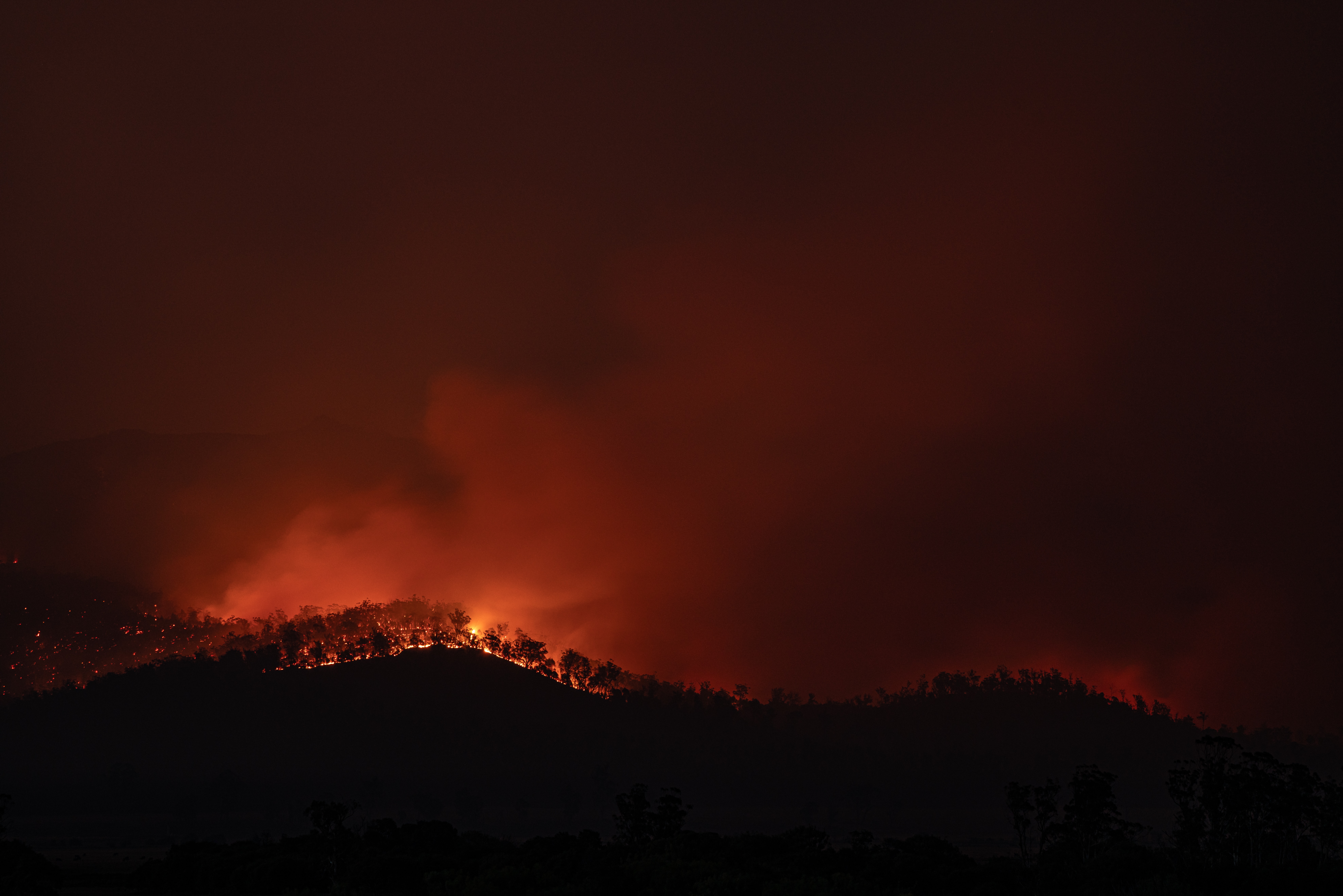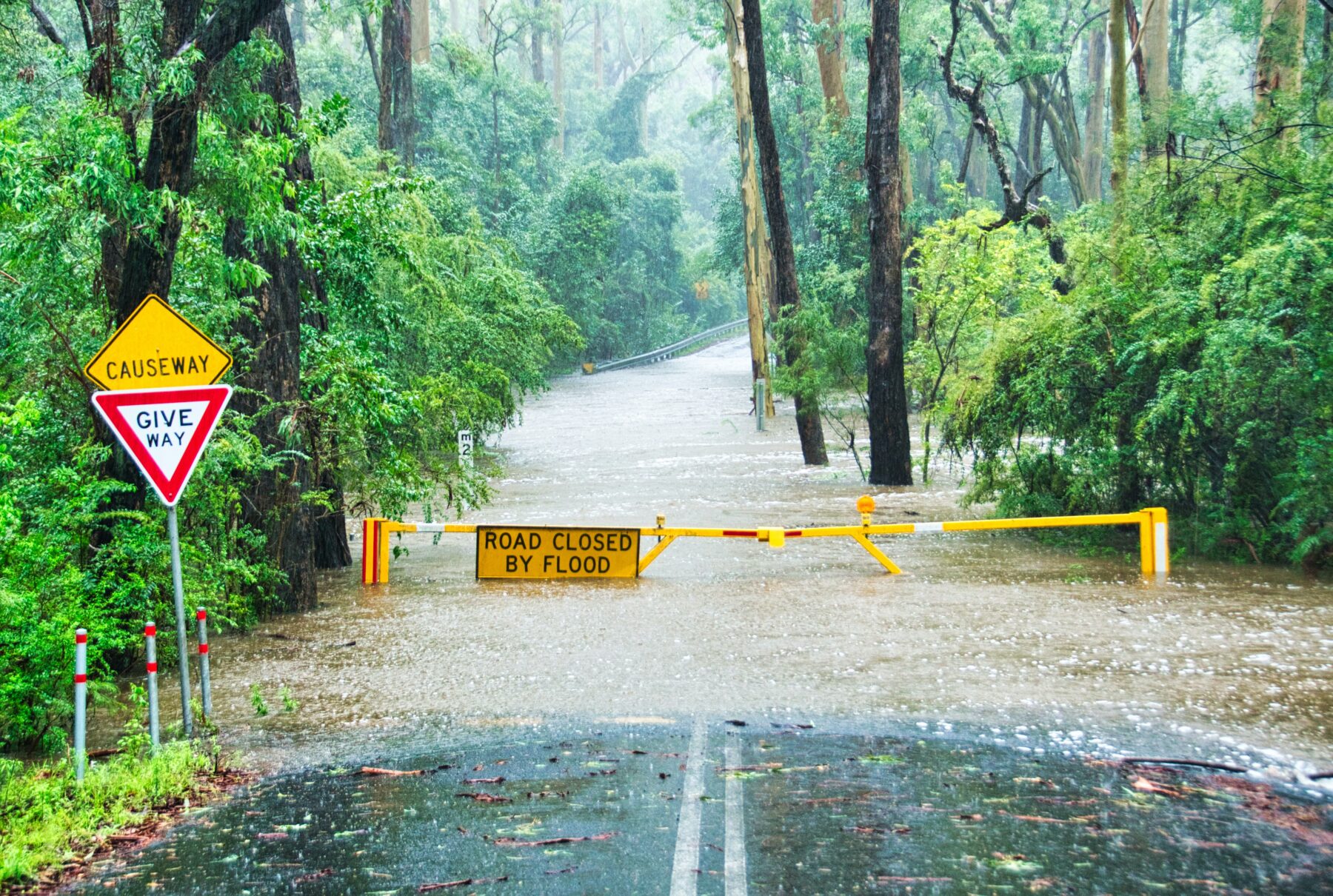Australian scientist urges world to “slam the brakes” as report reveals climate change tipping point now closer

A record 36.8 billion tonnes of carbon dioxide emissions from fossil fuels are projected to be released into the atmosphere this year, as outlined in the 2023 Global Carbon Budget presented at the United Nations Conference of the Parties (COP28) held in Dubai.
The annual report calculates how much greenhouse gas can be produced through human activity to keep below specified global warming trajectories, set in the Paris Agreement that was adopted in 2015.
The report states that while many countries are reducing carbon dioxide (CO₂) emissions – 26 over the past year – progress is not on a fast enough downward trajectory to reach global net zero. It says there is a 50 per cent chance the world’s average temperature will rise by 1.5°C above pre-industrial levels by 2031 – a year earlier than 2022’s projections.

On the rise
“We are on a slippery slope, and we want to slam the brakes as hard as possible so we can come to a stop as soon as possible,” said Dr Pep Canadell, Executive Director of the Global Carbon Project and a Chief Research Scientist at CSIRO.
“We are currently sliding quite fast. We want to slam as hard as we can so we can prevent as much climate change as we can, but right now the slope goes for at least the next 30 years.”
Even with goals to decrease global CO₂ output, emissions from all fossil sources – including coal, oil and gas – are projected to increase in coming years. The highest growth is expected from oil at a projected rise of 1.5 per cent. Coal emissions, which represent 41 per cent of global emissions, are projected to increase 1.1 per cent. Furthermore, emissions from permanent forest loss due to deforestation currently remain too high to be offset by reforestation or afforestation.
The mean global temperature remains 1.2°C above pre-industrial levels.
“We are going to cross 1.5°C,” Pep said. “We will overshoot beyond 1.5°C by early next decade – how much we overshoot depends on what we do globally.
“Many countries around the world that agreed to net zero emissions by 2050 are realising that a lot of the emissions will not be that easy to get rid of. We will have to have negative emissions just to offset the emissions that we cannot completely get rid of – that means sucking in more emissions than we are putting out.
“Faster, larger, and sustained efforts are needed to avoid significant negative impacts of climate change on human health, the economy, and the environment.”
How Australia compares
Australia currently contributes one per cent of all carbon dioxide emissions globally, which makes it one of the top 10 highest contributors worldwide. Comparing Australia’s emissions output with a population of about 26 million to India’s seven per cent output with a population of more than 1.4 billion demonstrates just how high the country’s contribution to global warming is.
Wild weather warning
The current impacts of global warming are clear: heatwaves, droughts, flooding and extreme weather events. Australia’s Bureau of Meteorology says records reveal every decade since 1950 has been warmer than preceding decades.
“This is all happening at a 1.2°C mean state change – we have seen dramatic changes in both this country and globally,” Pep said. “Imagine what will occur when we reach 3°C or 4°C mean change?
“Heatwaves will be hotter and longer; marine heatwaves will be hotter and longer; droughts will be worse because more moisture will be getting sucked up; we will be getting worse flooding simply because the atmosphere will contain more water than before; and these super El Niño storms will have more water coming down per hour with each occurrence.”









